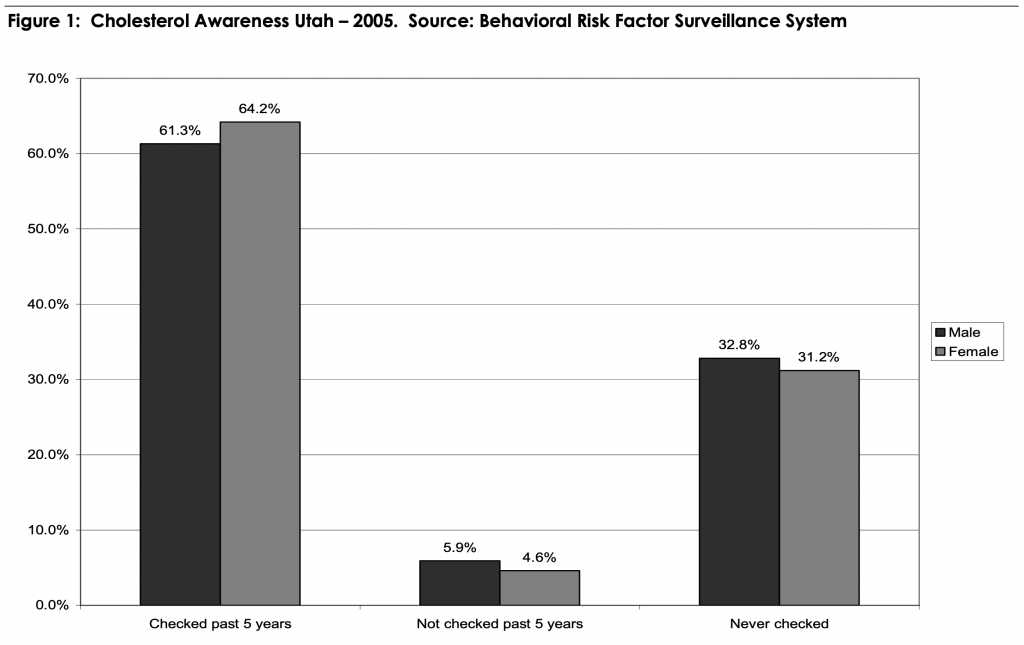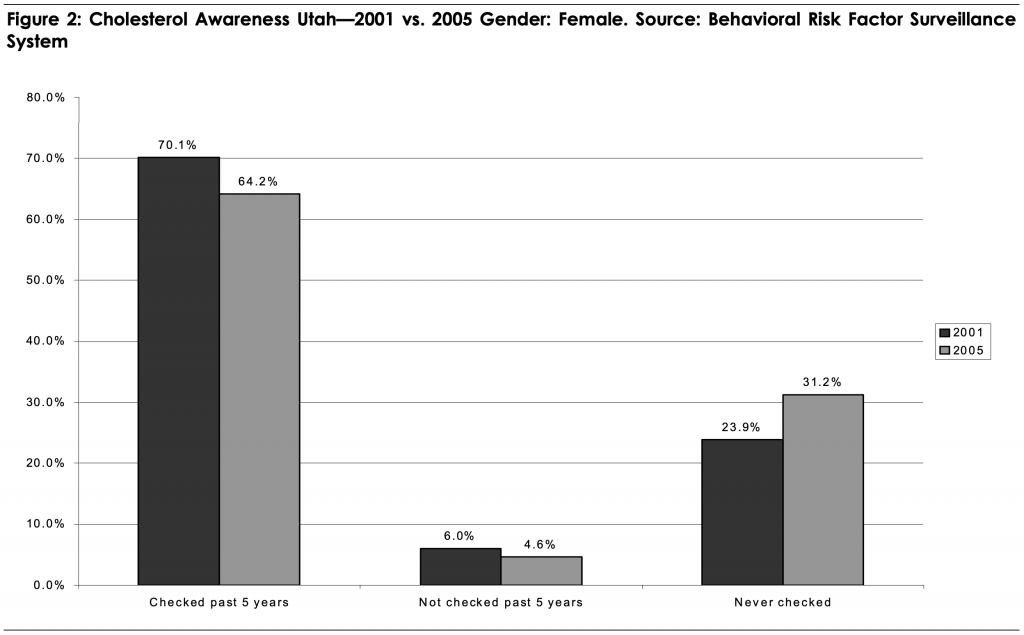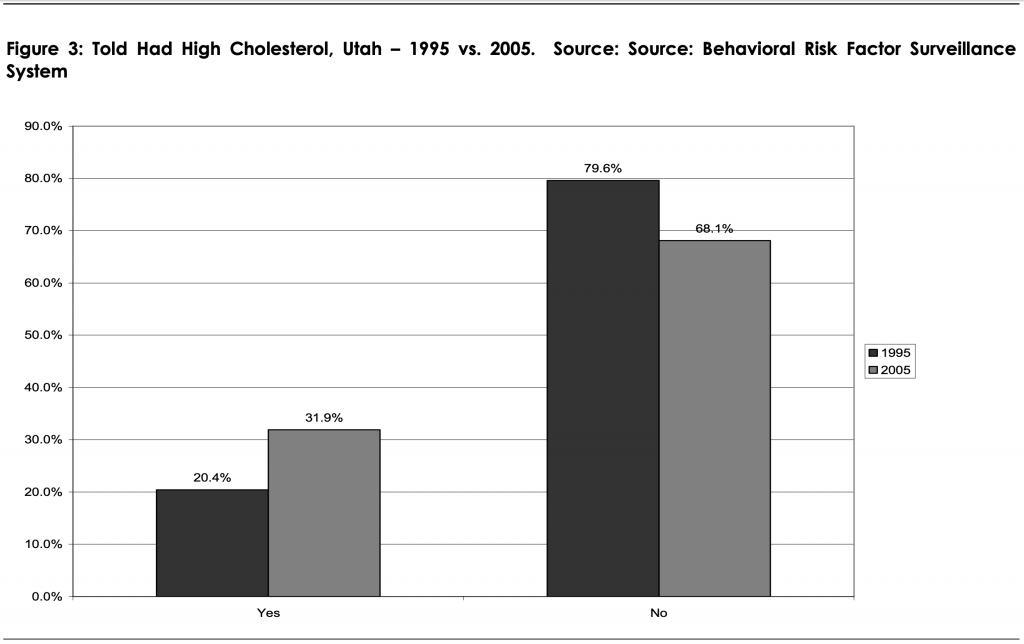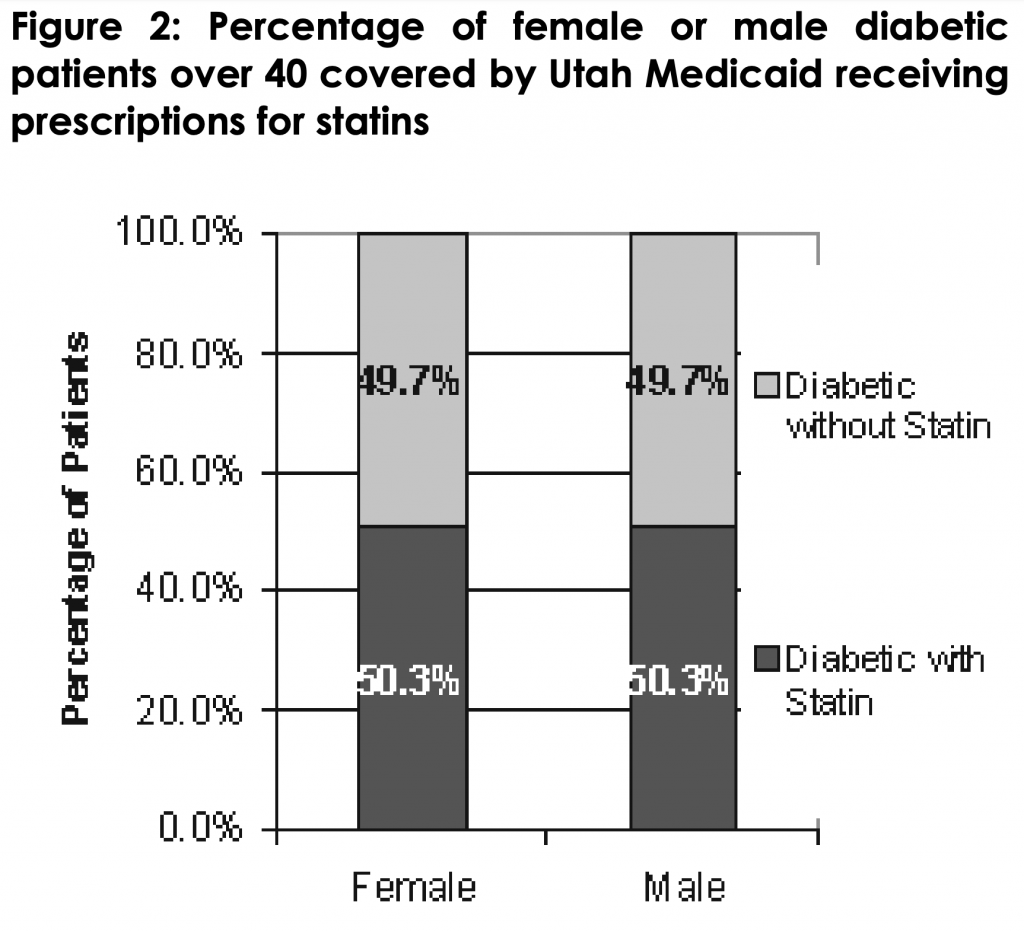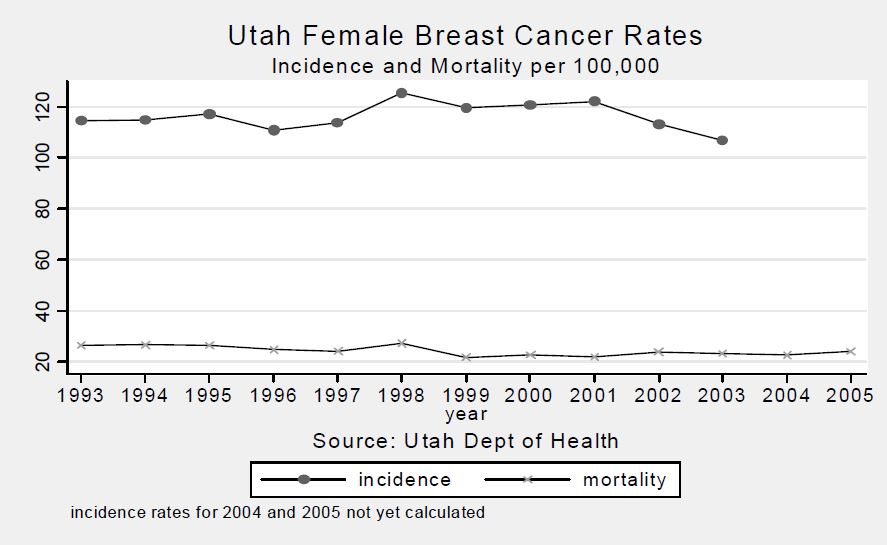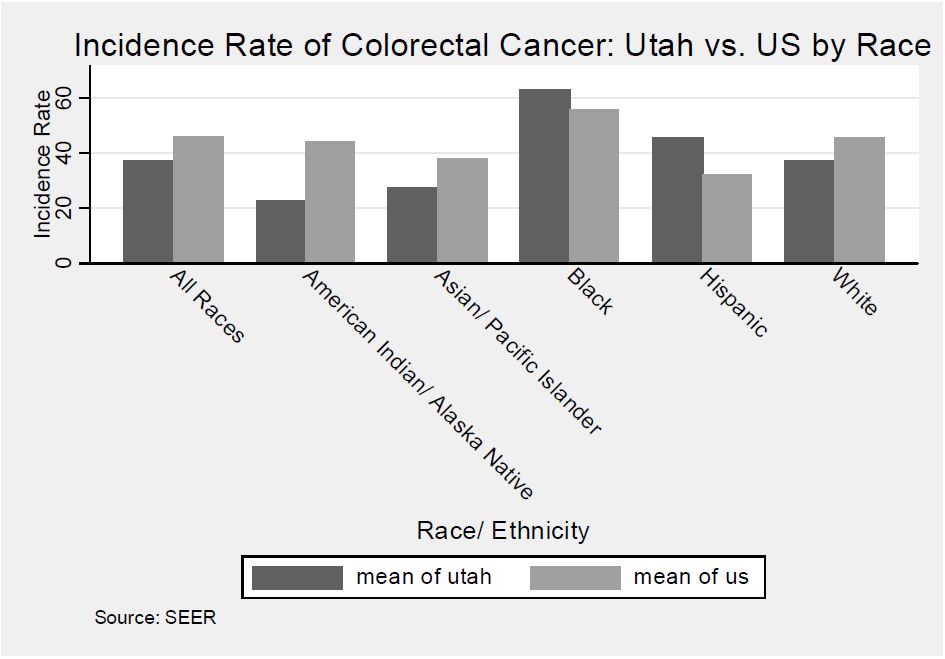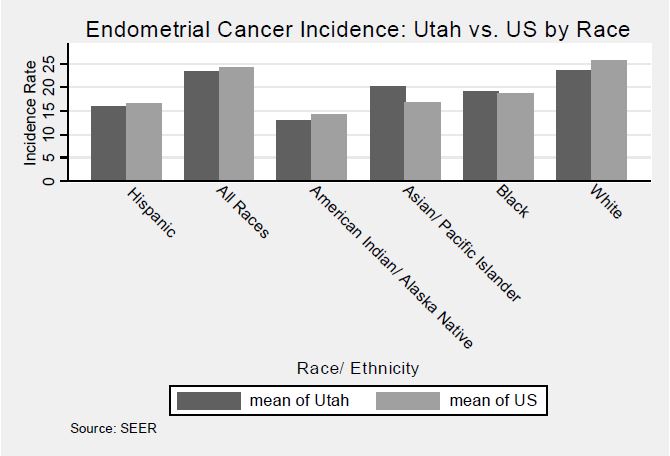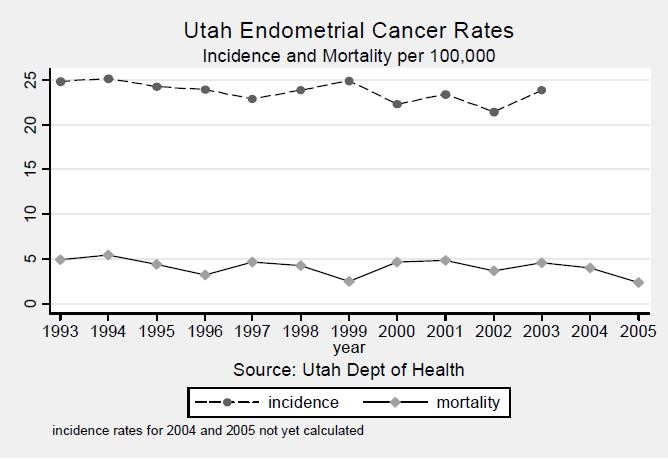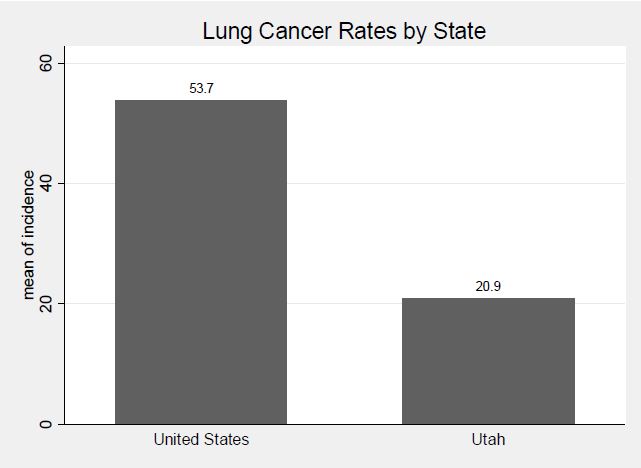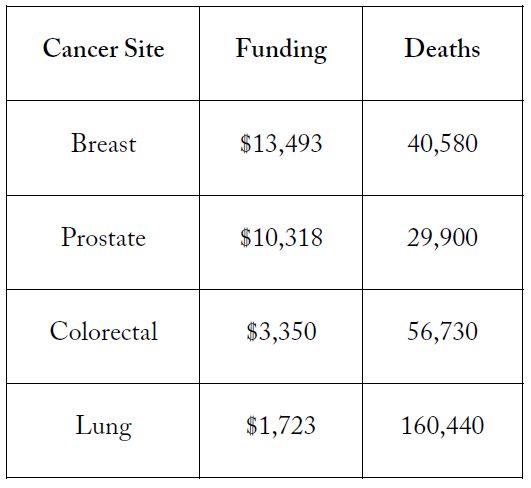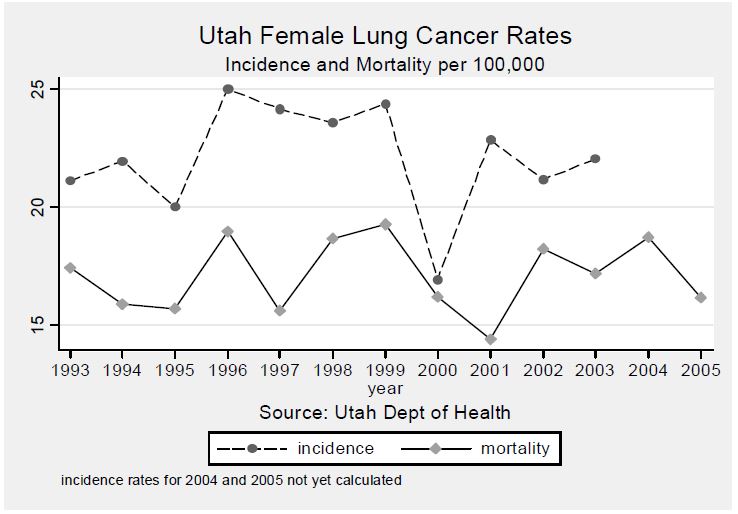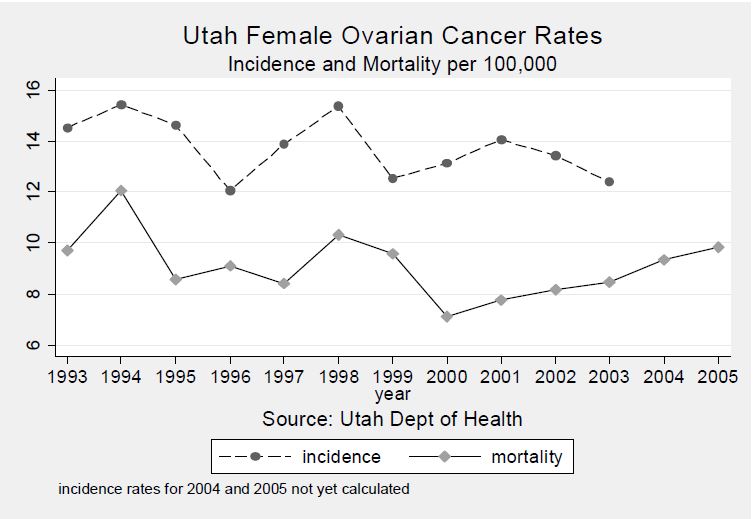Background
Coronary heart disease (CHD) is the most common type of heart disease. CHD occurs when the arteries that supply blood to the heart muscle become hardened and narrowed due to the buildup of plaque in the arteries. This buildup of plaque is called atherosclerosis. Plaques are a mixture of fatty substances including cholesterol and other fats. Blood flow and oxygen supply to the heart can be reduced or even fully stopped by a growing plaque. Plaques may also rupture and cause blood clots that block arteries.[1]
CHD can lead to a heart attack or to angina. Angina is another word for chest pain or discomfort that occurs when the heart muscle is not getting enough blood. Over time, CHD can weaken the heart muscle and lead to heart failure, a serious problem where the heart cannot pump blood the way that it should. For persons with CHD, treatment involves addressing those factors that put them at risk for CHD and heart attack. Lifestyle changes may help reduce risk. However, medicines and medical treatments are also often needed to treat high blood cholesterol, high blood pressure, irregular heart beats, blood flow, and other potential problems.[2]
The HP 2010 goal for coronary heart disease is: Reduce coronary heart disease deaths to 166 per 100,000 population.[3]
Risk Factors
There are many risk factors for heart disease; some that you can change and some that you can not. While Utah is a healthier state than many others, there is room for improvement. Of Utah women, 18 years of age and older, in 2005: [4]
- 20.2% had High Blood Pressure (greater than or equal to 120/80).
- 29.5% had High Blood Cholesterol (a total blood cholesterol level of 240mg/dL or higher)
- 9.3% Smoked
- 5.8% had diagnosed Diabetes.
- 46.1% were Physically Inactive (did not get enough exercise, a total of 30 minutes a day most days of the week).
- 47.4% were Overweight or Obese (BMI greater than or equal to 25).
Facts about Heart Disease in Women
- Heart disease is the number 1 killer of women in Utah and around the world.
- Heart disease accounts for one-third of all deaths among women.
- In 2003, coronary heart disease claimed the lives of 233,886 females compared with 41,566 lives from breast cancer and 67,894 from lung cancer.
- 38 percent of women compared with 25 percent of men will die within one year after a heart attack.
- Nearly two-thirds of American women who die suddenly of a heart attack had no prior symptoms.
- CVD ranks first among all disease categories in hospital discharges for women.
- Low blood levels of “good” cholesterol (high density lipoprotein or HDL) appear to be a stronger predictor of heart disease death in women than in men in the over-65 age group; high blood levels of triglycerides (another type of fat) may be a particularly important risk factor in women and the elderly.
- Misperceptions still exist that CVD is not a real problem for women.
- Diagnosis of heart disease presents a greater challenge in women than in men.
- Hormone therapy should not be used to prevent heart disease. In women with heart disease, it should not be used to prevent further disease because it increases the risk of blood clots.
Common Warning Signs of Heart Attack [6]
Some heart attacks are sudden and intense, where no one doubts what’s happening. But most heart attacks start slowly, with mild pain or discomfort. Often people aren’t sure what’s wrong and wait too long before getting help. Here are signs that can mean a heart attack is happening:
- Chest discomfort – Most heart attacks involve a discomforting feeling in the center of the chest that lasts more than a few minutes, or that goes away and comes back. It can feel like uncomfortable pressure, squeezing, or pain.
- Discomfort in other areas of the upper body – Symptoms can include pain or discomfort in one or both arms, the back, neck, jaw or stomach.
- Shortness of breath – May occur with or without chest discomfort.
- Other signs – May include breaking out in a cold sweat, feeling nauseated or lightheaded.
Heart attack symptoms can be different for men and women
As with men, women’s most common symptom is chest pain or discomfort. But women are somewhat more likely than men to experience some of the other common symptoms, particularly shortness of breath, nausea/vomiting, and back or jaw pain.
Services
Knowing risk factors and controlling those that can be controlled will help to prevent heart attacks. Maintain a healthy blood pressure, cholesterol, weight, and be physically active. If you smoke–quit. To learn more about heart disease, heart attack warning signs, and recovery you can visit:
- American Heart Association: www.AmericanHeart.org
- National Heart Lung and Blood Institute: www.nhlbi.nih.gov
- Utah Heart Highway: www.hearthighway.org
References
- Centers for Disease Control and Prevention, Division of Heart Disease and Stroke Prevention. About Heart Disease. http://www.cdc.gov/heartdisease/about.htm Accessed April 4, 2007.
- Centers for Disease Control and Prevention, Division of Heart Disease and Stroke Prevention. About Heart Disease. http://www.cdc.gov/heartdisease/about.htm Accessed April 4, 2007.
- U.S. Department of Health and Human Services. Healthy People 2010 (Conference Edition, in Two Volumes). Washington, D.C: January 2000.
- Utah Behavioral Risk Factor Surveillance System, Office of Public Health Assessment, Utah Department of Health, 2005.
- American Heart Association. Women and Coronary Heart Disease. http://www.americanheart.org/presenter.jhtml?identifier=2859 Accessed April 4, 2007.
- Utah Dept of Health. What is heart disease? http://www.hearthighway.org/heart.html#heart_attack Accessed April 4, 2006.

